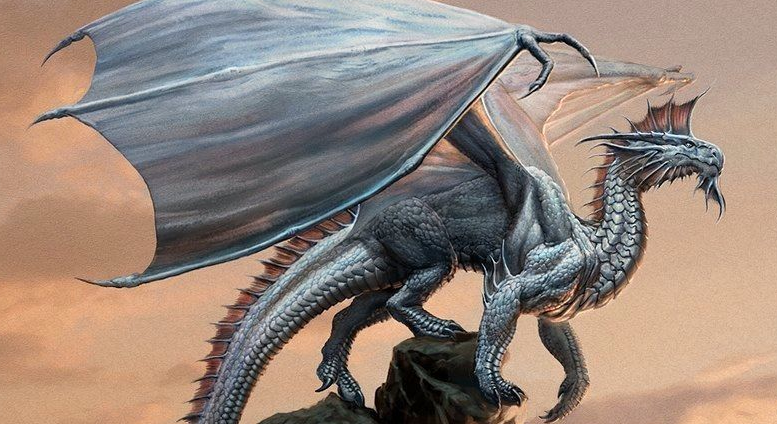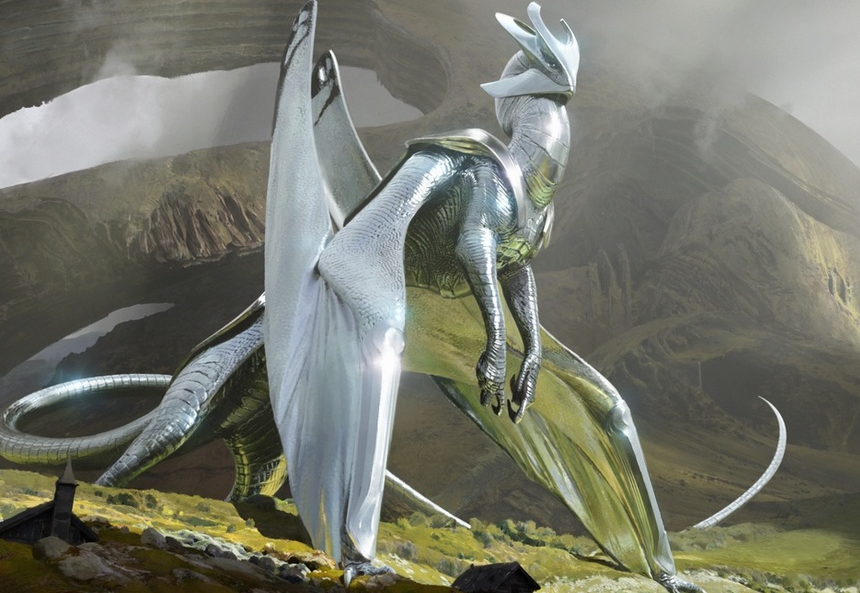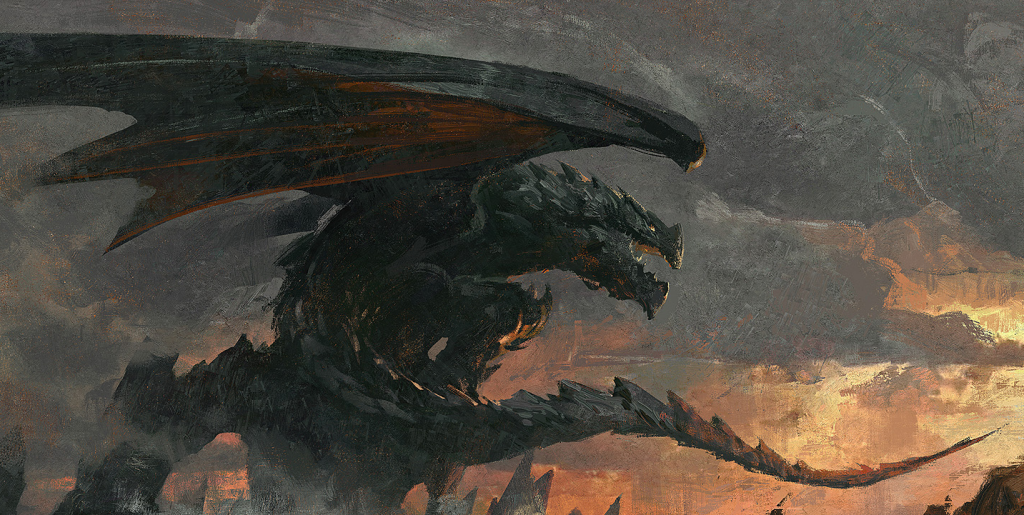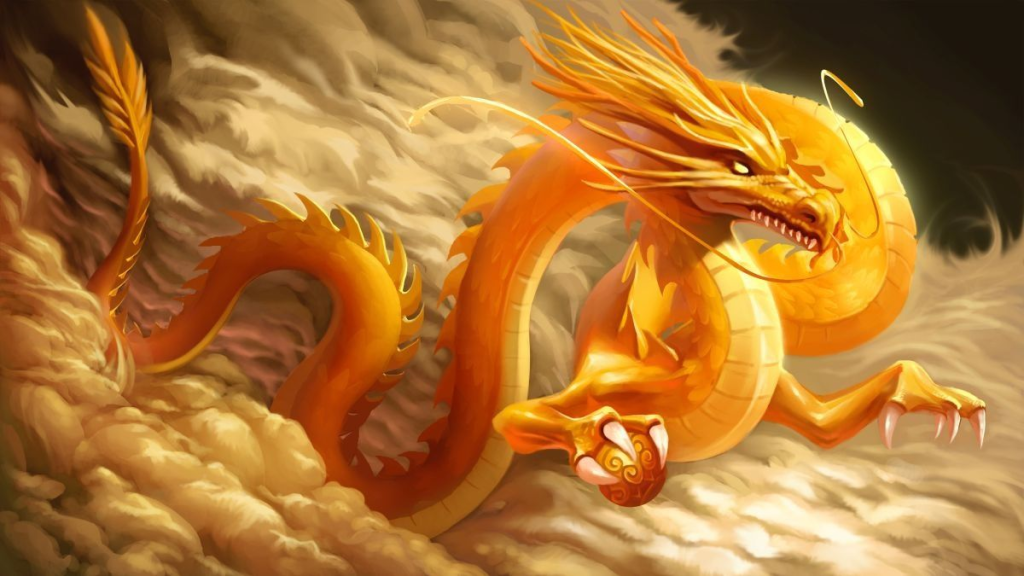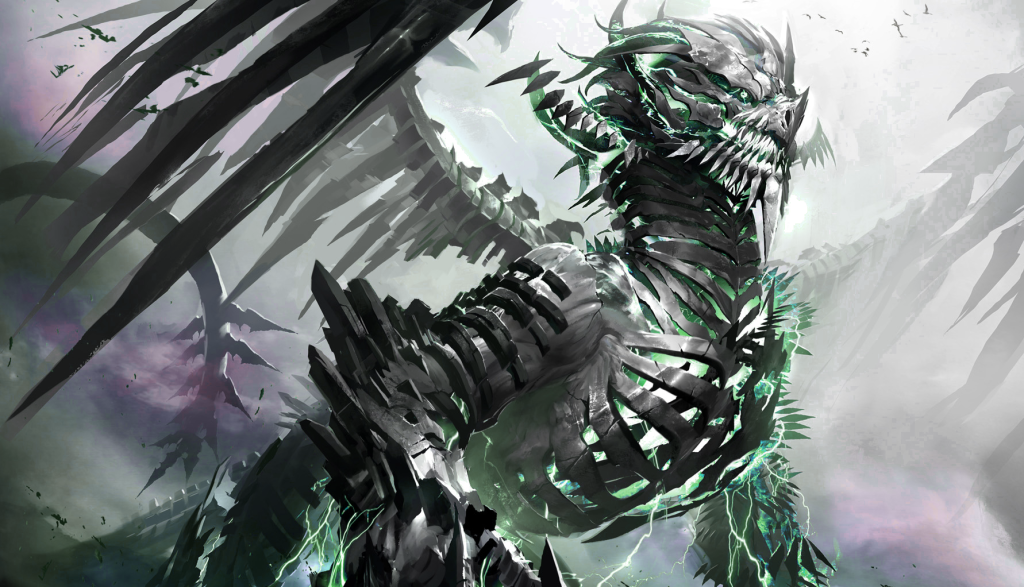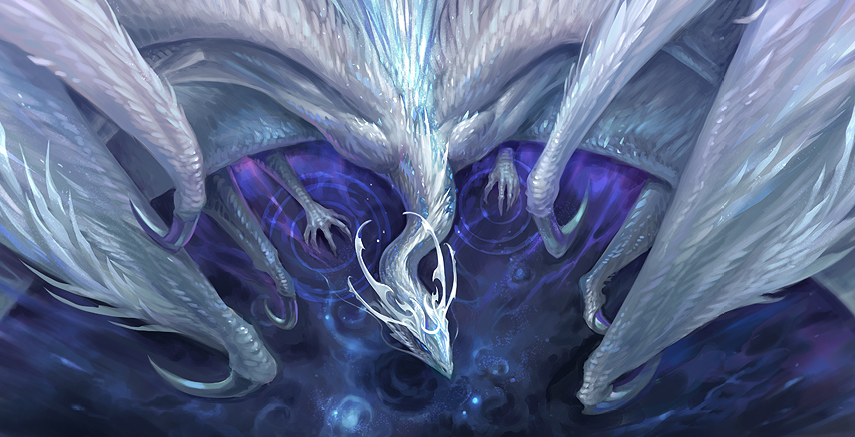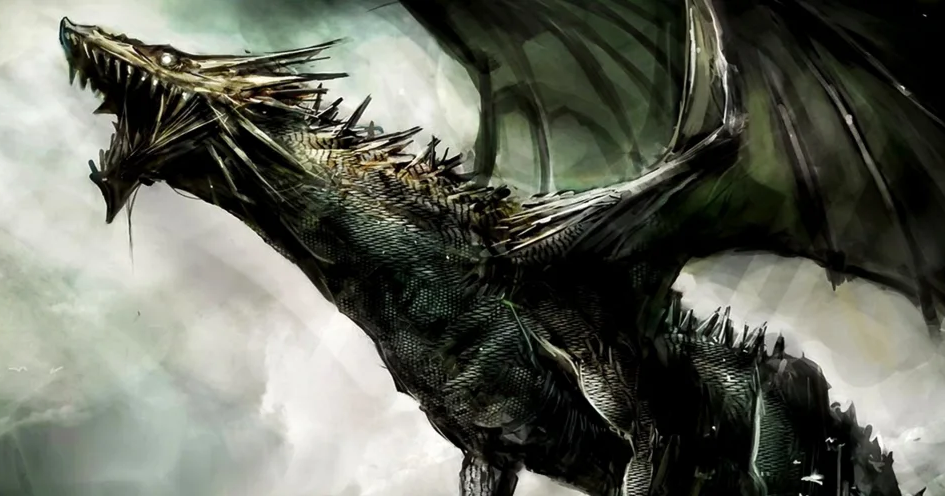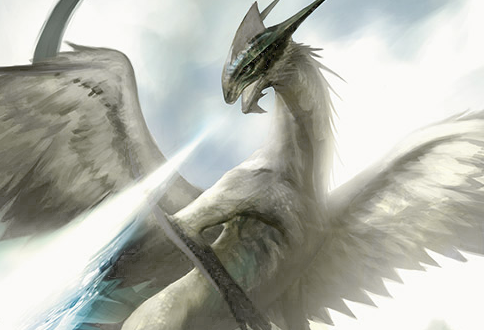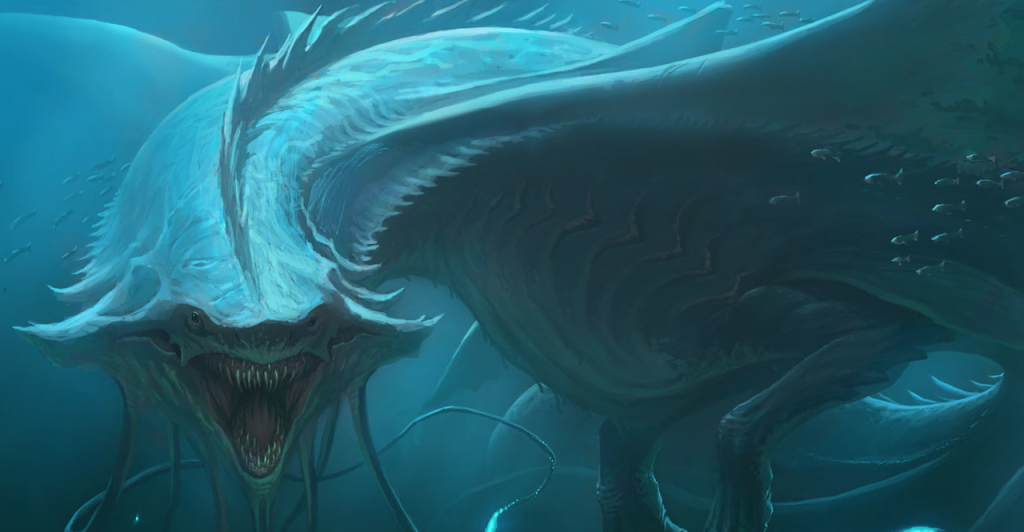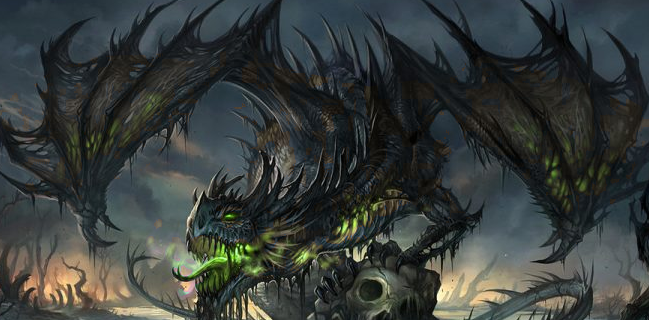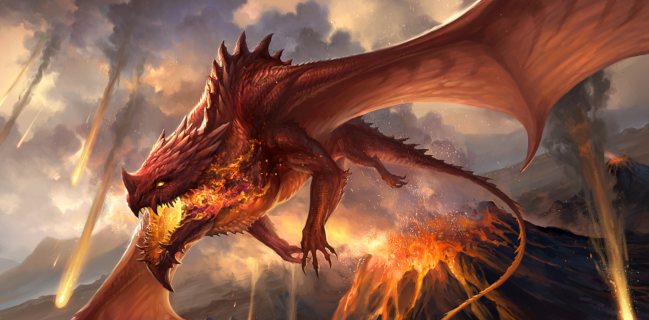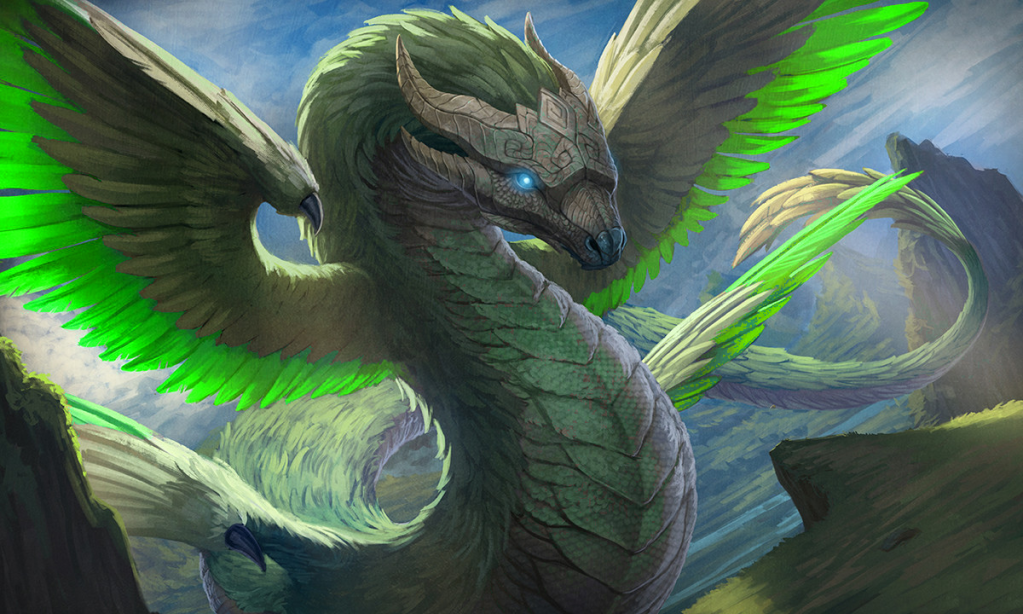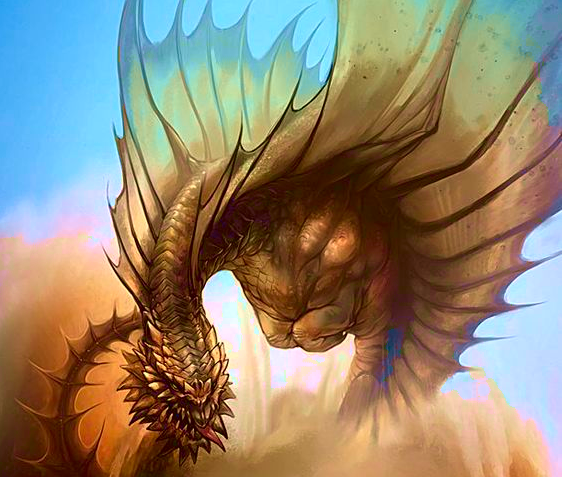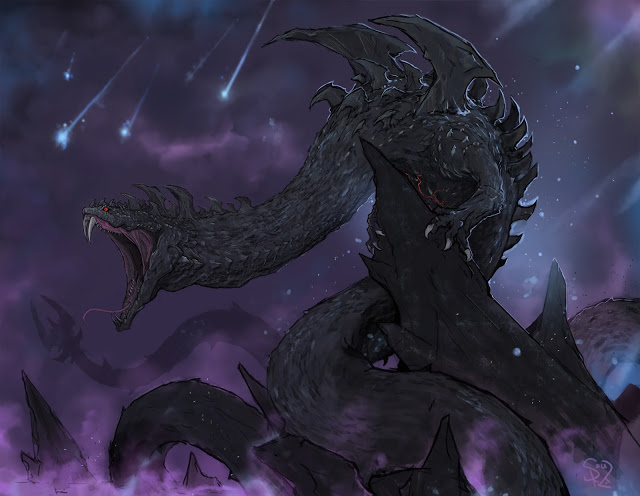Here’s the state of the art magical paradigm in Capital, selected and conglomerated from the original Principia Arcana:
Spells, enchantments, souls, spirits, and elemental are all – to a greater or lesser degree – the same, and, at their base, are entities living are least partially within a dimension that coincides with all other planes. We call this ‘dimension’ The Weave.
Raw magical energy flows out of all entities in the Weave. Things like the sun or powerful adventures produce more, while beings with less authority like a pebble or pile of bugs produces less.
In addition to raw energy, seven Threads of magic suffuse the Weave and those Threads can be pulled upon (by words, actions, sounds, biology, or even with external help) to produce effects. Sufficiently powerful entities can produce effects that ignore normal physical laws of the world.
…wands and magical items are portable storage for magical energy …runes and engravings are a combination magic prison/factory…
The book itself goes on to explain the modern understanding of magecraft in much more detail, but only in this section does it touch upon the Sevenfold Paradigm to which many groups and religions on Aerth (sometimes even unknowingly) subscibe.
For reasons widely debated, but ultimately unknown, the number 7 appears constantly in fields of study across Aerth. A number of these ‘sevens’ are detailed below.
Schools of Magic
Though traditions differ, most learned mages are taught to view Threads on a spectrum of light and divide magic into seven schools of magic. Though they align with the seven colors of the rainbow, they are usually organized in a different cycle based on ‘allied’ and ‘enemy’ schools.
Abjuration: Yellow (White). The magic of protection, nullification, and magic acting on itself.
Transmutation: Orange. The magic of enhancement, shapechanging, and transfiguration.
Illusion: Blue. The magic of vision, senses, and mind injection.
Necromancy: Indigo (Black). The magic of undeath, spirituality, and vivacity.
Enchantment: Magenta (Purple). The magic of feelings, compulsions, and control.
Evocation: Red. The magic of power, heat, and force.
Conjuration: Green. The magic of teleportation, banishment, and summoning.
Though some other ‘colors’ are occasionally generated or detected, they don’t have true Threads and those aren’t part of the paradigm. Grey light is generated where Threads intersect with fate and time (eg. divination magic), and when raw magic interacts with divinity or normal matter the ‘color’ octarine is created. To those without magesight it’s often described as the ‘color’ you see when you squint your eyes closed and press them into their sockets.
Metals
There are seven magically responsive metals. Many leading researchers think metals are made at least partially from condensed magic. This explain why dragons hoard metal, and the affinity kin have for gold and silver items.
Gold: a powerful conductor and accumulator of magic strongly associated with the sun.
Silver: capable of altering the nature of magic, as the moon alters sunlight into moonlight. undead and shapeshifters are wounded by silver.
Copper: capable of negating spells or diffusing magical energy back into the environment. Magic shields and barriers are often made of platinum.
Mercury: a “live” form of silver. Acts as a magical capacitor, storing charge and then suddenly releasing it. Also has strong associations with light and scrying magic.
Iron: a strong association with blood and violence. Accepts enchantments easily.
Lead: absorbs magic and stores it. Used as the core of magic batteries or for heavy magical shielding. Ghosts and most magical effects cannot pass through lead.
Tin: a “dead” form of silver. Tin is used only defensively. It negates magical effects, but neither radiates nor stores any magical energy itself.
It’s fairly easy, using a small bit of magic and some basic tools, to transform a more magically reactive metal into a lesser one (i.e. higher on the list moving lower) but the reverse requires a lot of magical energy and usually results in an explosion.
Gems
There are seven true gems. All other gems are corruptions, variants, or “mere stones.”
Topaz: true yellow topaz can diffuse a spell or enchantment, blunting its power without destroying it.
Citrine: orange and sharp, citrines act as powerful magic resonators, increasing the power of spells and enchantments.
Sapphire: lighter sapphires enhance patterns and help invisibility. Ones with deeper colors ensure time flows at a constant rate.
Diamond: diamonds are fragments from a primordial tree. They enhance spells that deal with life directly; either sustaining, measuring, or ending it.
Amethyst: amethysts are often carved to throw light in deceptive ways and are used in charms to snare or free the mind.
Ruby: rubies act as a magical focus, gathering diffuse energy or spells into one point
Emerald: emerald is known as a thinking stone, and is used for many intelligent or near-intelligent spells.
Combining the theory of metals and gems, we can see why crowns (gold, a magic accumulator, surrounding a variety of beneficial gems) are such powerful symbols.
Other Sets of Seven
- Seven intervals in an octave
- Seven possible directions (up, down, left, right, forwards, backwards, and into time)
- Seven perfect geometric forms (sphere, tetrahedron, cube, octahedron, dodecahedron, icosahedron, and unahedron, the regular polygon with fewer than zero faces)
- Seven sins (envy, greed, pride, gluttony, lust, wrath, sloth)
- Seven virtues (kindness, charity, humility, moderation, concord, patience, diligence)




